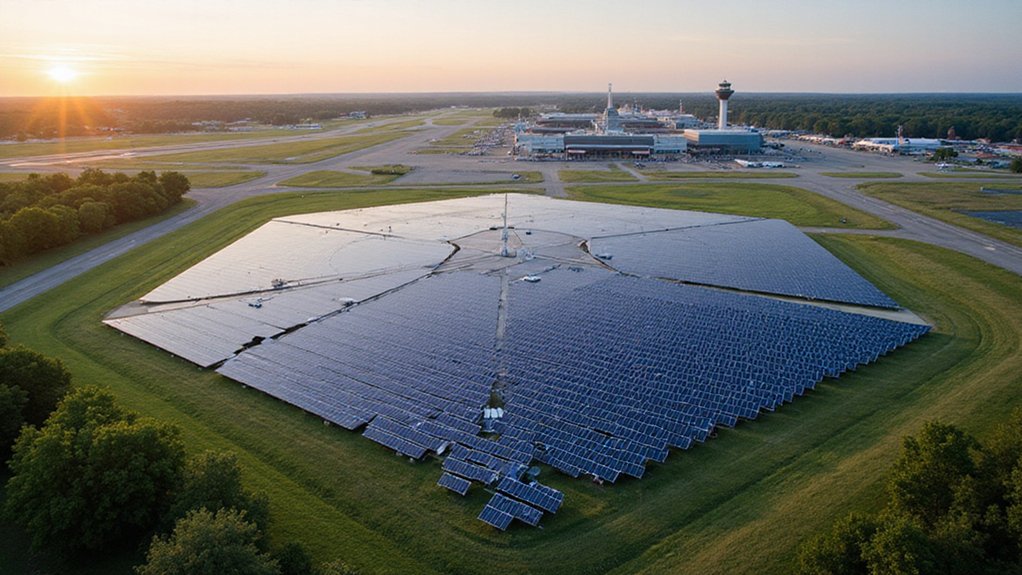President Trump’s executive order halting wind energy development has sent shockwaves through the industry. Major companies like TotalEnergies and Shell are retreating from investments, while stock prices plummet. The freeze threatens 131,000 U.S. jobs, many in rural areas with few alternatives. Republican governors support the review while Democrats worry about job losses. America’s position in renewable energy now sits in jeopardy as global competitors advance their green initiatives.
After promising throughout his campaign to end wind energy projects, President Trump has taken swift action by signing an executive order that pauses offshore wind lease sales and halts new permits. This move has stopped previously approved projects like the Lava Ridge Wind Project in Idaho and started a complete review of wind leases with no clear end date.
The impact on the industry has been immediate and severe. Major companies are backing away from their investments. TotalEnergies has shelved offshore wind development for four years. Shell took a $1 billion loss on a wind project, while Orsted recorded a $1.7 billion loss and cut investment plans by 25% through 2030.
Stock prices tell a similar story. European renewable energy companies saw sharp declines, with Vestas and Ørsted dropping more than 6%. The U.S. wind energy market growth has stalled, affecting supply chains that stretch across many states.
In Louisiana alone, 38 companies with wind supply contracts now face uncertainty. Workers who expected stable jobs in this growing sector may see those opportunities vanish. This threatens the 131,000 jobs directly linked to the wind industry across the United States, many in rural communities with limited alternative employment. The freeze on development stands in stark contrast to the global capacity of 837 GW that has been steadily growing worldwide. The executive order has created confusion throughout the industry about what happens next. This uncertainty threatens the projected 60% increase in wind capacity that was expected by 2028.
Trump’s stance aligns with his campaign rhetoric, where he called wind turbines “garbage” and “big ugly windmills.” He’s claimed wind energy is expensive and inefficient, criticizing wind subsidies as “massive.”
The political response has been divided. Republican governors like Brad Little support the federal review, while Democratic lawmakers worry about job losses. Wind advocates point out that the industry has enjoyed bipartisan support in many states.
Legal challenges are likely coming. Wind energy supporters are considering court action against the executive order, questioning its legal foundation and the abrupt reversal of project approvals.
As the dust settles, projects already under construction face uncertain futures. America’s position in the global renewable energy race may shift, potentially allowing other nations to take the lead in wind energy development.








